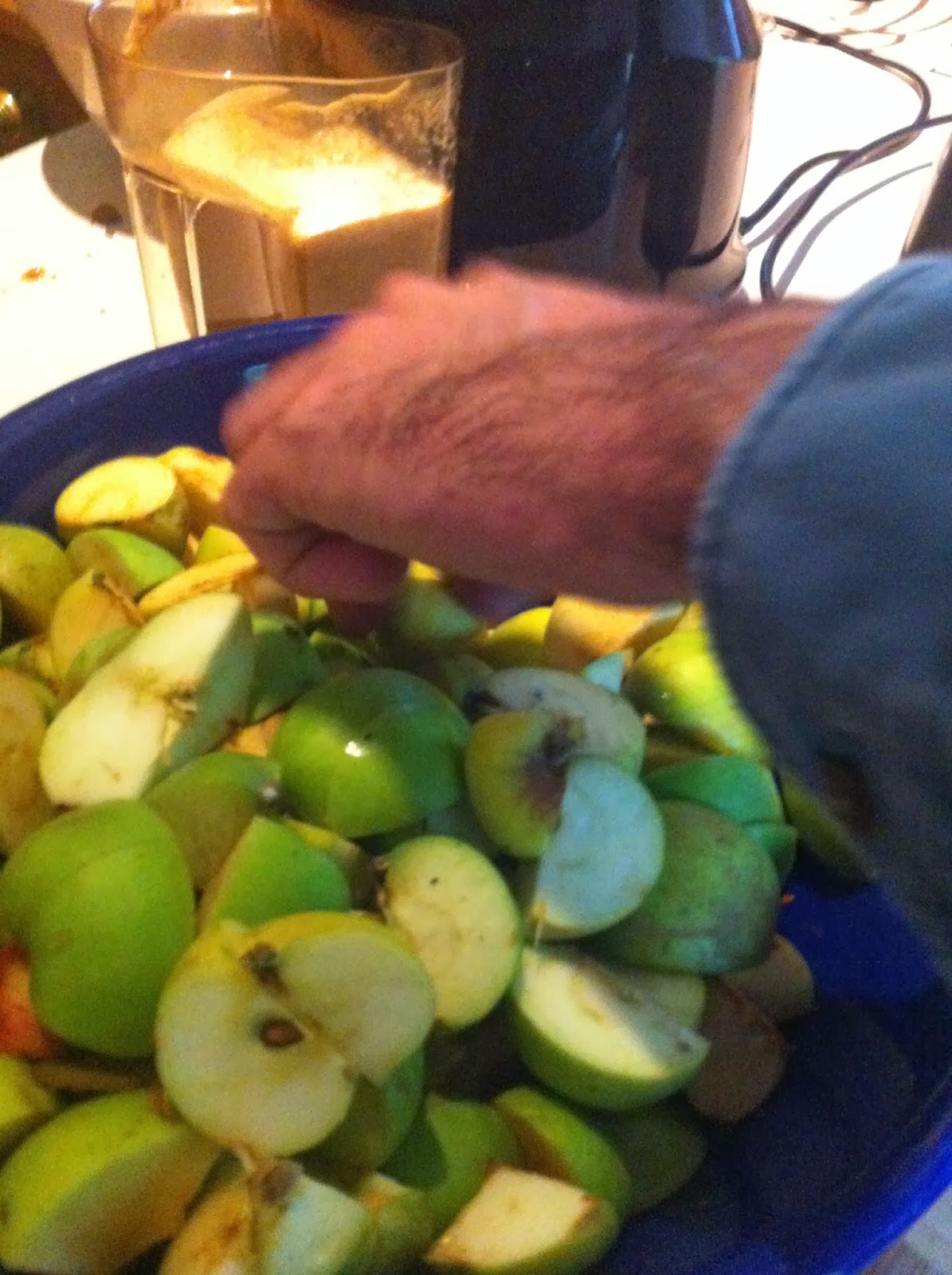We can harvest a wide range of fruits and nuts locally each season.
Local fruit and/or nut gardeners are invited to make additions or suggest modifications to the following work-in-progress compiled by Lizzie Connor.
SPRING HARVEST
Across the mountains: loquat, mulberry, rhubarb, strawberry and (in late spring) raspberry
Best in the lower mountains: avocado, jaboticaba, lemonade
SUMMER HARVEST
Across the mountains: apricot, blueberry, boysenberry, cherry, currant (red, black, white), gooseberry, kumquat, loganberry, loquat, mulberry,nectarine, peach, plum, raspberry, rhubarb, strawberry and (in late summer) almond, apple, fig, hazelnut, passionfruit, pear (incl. nashi), pomegranate, youngberry
Best in lower mountains:lemon (Eureka), lemonade, lime, mandarin, orange, persimmon (non-astringent) and (in late summer) avocado, babaco, macadamia, rockmelon, wampee, watermelon
Best in upper mountains: jostaberry, lemon (Meyer), persimmon (astringent)
AUTUMN HARVEST
Across the mountains: almond, apple, chestnut, feijoa, fig, grape, hazel, kiwi fruit, kumquat, medlar, olive, passionfruit, pear (incl. nashi), plum, quince, raspberry (some), rhubarb, strawberry, strawberry guava, walnut
Best in lower mountains: avocado, babaco, cherimoya, grapefruit, lemon (Eureka), macademia, monstera deliciosa, orange, pine nut, pistachio, rockmelon, tamarillo, walnut, watermelon, white sapote
Best in upper mountains: lemon (Meyer), mandarin (Satsuma)
WINTER HARVEST
Across the mountains: apple, hazelnut, kiwi fruit, kumquat, pear (incl. nashi)
Best in lower mountains: grapefruit, lemon (Eureka), orange, tangelo
Best in upper mountains: avocado (Bacon), lemon (Meyer)








